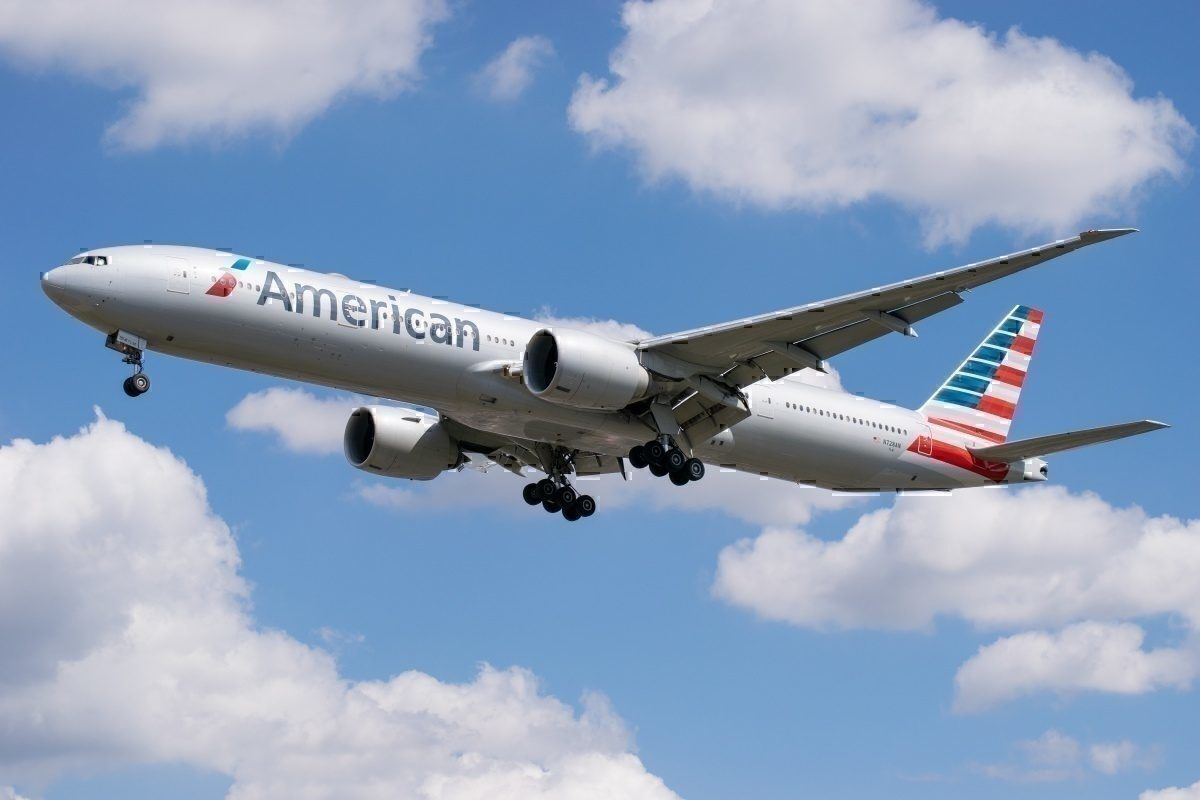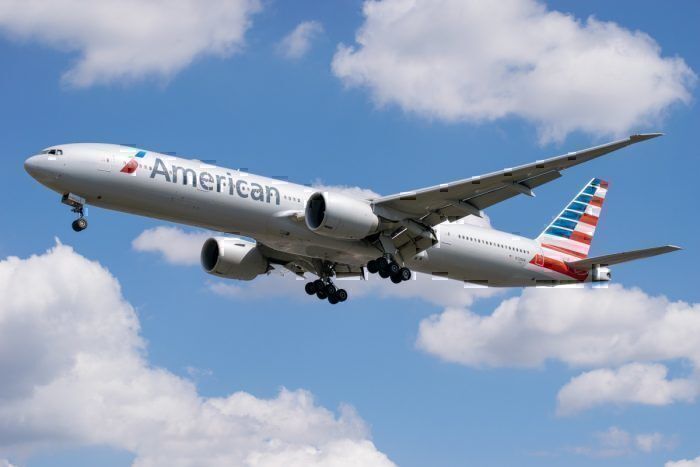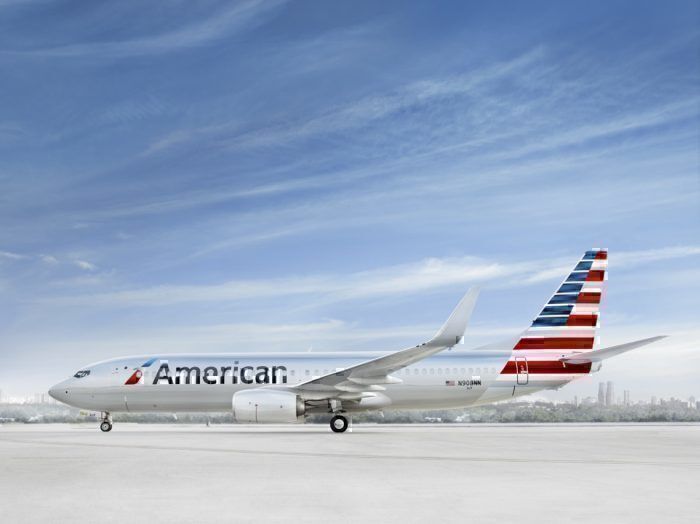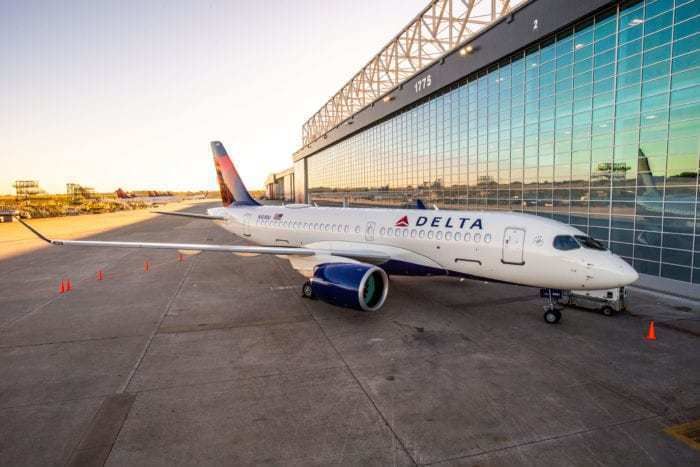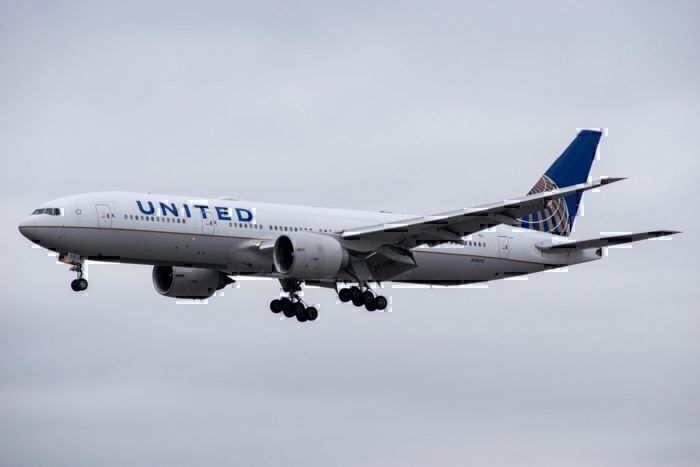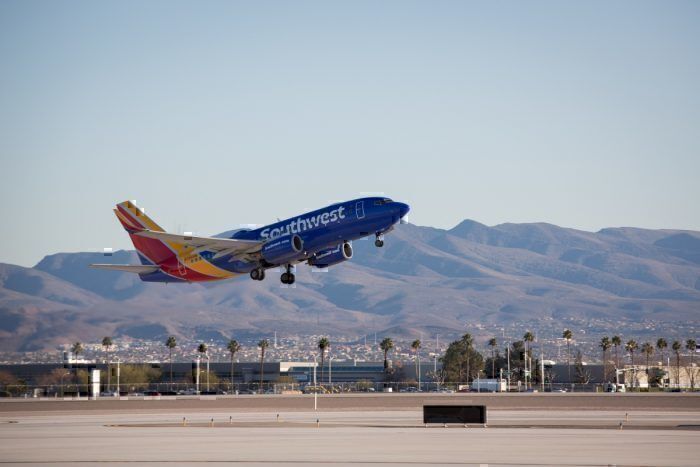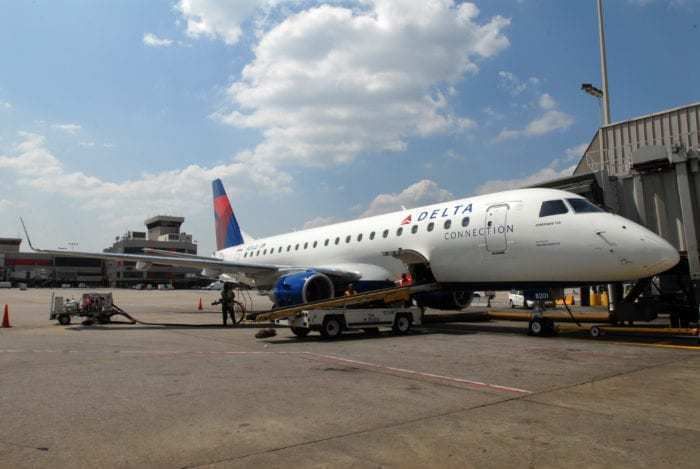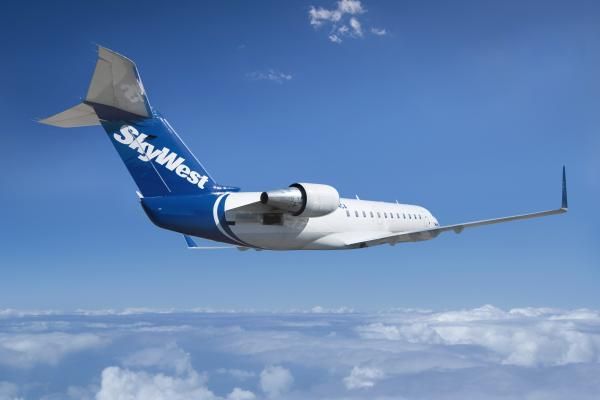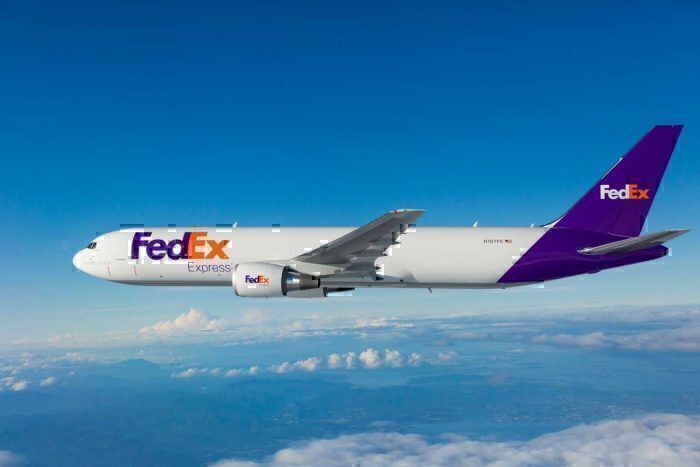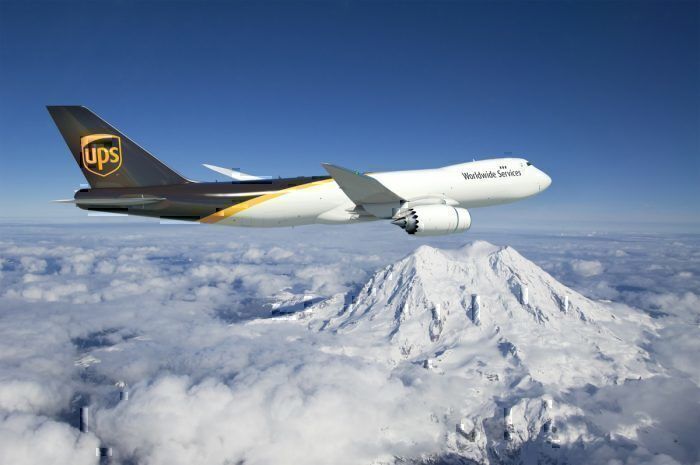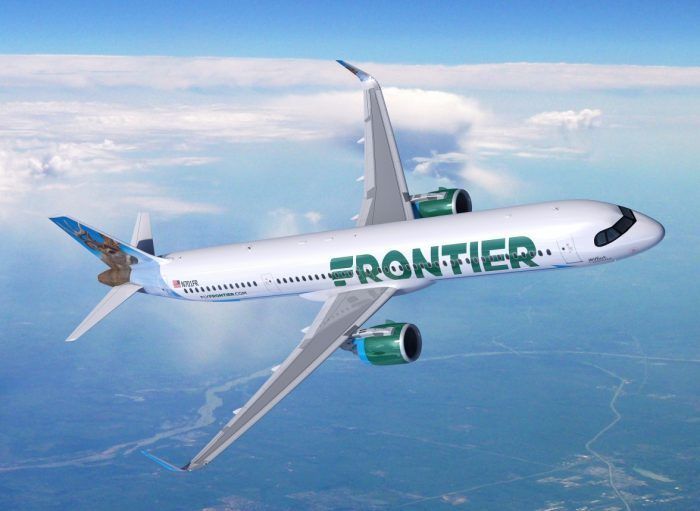The United States is home to some of the largest airlines by fleet size. With four airlines crossing 700 aircraft each, the market is huge. And, routinely, some of the largest airlines in the world by passenger count are also found in the United States.
The market also shows no signs of slowing down. Aggressive fleet renewal and expansion plans will ensure that U.S. carriers remain on the list of the world's largest airlines by fleet. This, in spite of some carrier's ambitions to have a fleet size in the thousands.
The list
Airfleets records the following data for fleet size:
- American Airlines: 967 aircraft
- Delta Air Lines: 914 aircraft
- United Airlines: 776 Aircraft
- Southwest Airlines: 754 aircraft
- SkyWest USA: 518 aircraft
- FedEx Express: 416 aircraft
- JetBlue Airways: 254 aircraft
- UPS: 253 aircraft
- Alaska Airlines: 238 aircraft
- Republic Airways: 191 aircraft
- Envoy Air: 189 aircraft
- Endeavor Air: 168 aircraft
- Mesa Airlines: 145 aircraft
- PSA Airlines: 139 aircraft
- Spirit Airlines: 136 aircraft
- Expressjet: 116 aircraft
- Allegiant Air: 91 aircraft
- Frontier Airlines: 90 aircraft
- Atlas Air 74 aircraft
- Horizon Air: 74 aircraft
- Piedmont: 60 aircraft
- Air Wisconsin: 64 aircraft
- Hawaiian Airlines: 56 aircraft
- Compass Airlines: 56 aircraft
- GoJet Airlines: 52 aircraft
The Legacy Carriers
American, Delta, and United are the three main legacy carriers in the United States. Combined, these three airlines operate over a staggering 2,500 aircraft.
American Airlines
The following is American's active fleet using data from Airfleets.
- 328 Boeing 737s (including 24 grounded MAX aircraft)
- 225 Airbus A321s (including A321neos)
- 130 Airbus A319s
- 67 Boeing 777s
- 48 Airbus A320s
- 42 Boeing 787s
- 34 Boeing 757s
- 28 MD-80s
- 24 Airbus A330s
- 21 Boeing 767s
- 20 Embraer 190s
Delta Air Lines
Delta's fleet, as per Airfleets, is the following:
- 217 Boeing 737s
- 127 Boeing 757s
- 88 Boeing 717s
- 87 Airbus A321s
- 77 Boeing 767s
- 70 MD-88s
- 62 Airbus A320s
- 57 Airbus A319s
- 44 Airbus A330s (including A330-900neos)
- 33 MD-90s
- 21 Airbus A220s
- 18 Boeing 777s
- 13 Airbus A350s
A fair number of Delta's fleet is getting quite old. As the world's largest (and last) MD-90 operator, Delta has one of the oldest average fleet ages in the United States. However, Delta is replacing their aircraft with new, Airbus A220s and Airbus A321s.
United Airlines
United operates the following aircraft as found in Airfleet's database:
- 343 Boeing 737s (including 14 grounded 737 MAX)
- 99 Airbus A320s
- 92 Boeing 777s
- 75 Boeing 757s
- 68 Airbus A319s
- 53 Boeing 767s
- 46 Boeing 787s
As you can see, United's fleet is much more streamlined and skewed towards Boeing. Granted, United had its origins with Boeing. Although, recently, United has ordered some Airbus aircraft, including 45 Airbus A350-900s.
Southwest Airlines
Southwest Airlines is the world's largest operator of the Boeing 737 with 753 of the type in service. Broken down, Southwest's fleet is the following, according to Airfleets:
- 512 Boeing 737-700
- 208 Boeing 737-800
- 34 Boeing 737 MAX 8 (currently grounded)
The regional carriers
SkyWest, Republic, Envoy, Endeavor, Mesa, PSA, Expressjet, Horizon, Piedmont, Air Wisconsin, and Compass are regional carriers. Instead of operating their own flights, these carriers operate regional flights on behalf of other carriers. Regional arms of the legacy carriers are United Express, Delta Connection, and American Eagle.
A majority of their fleets are made up of Canadair Regional Jets and Embraer jets. Some, like Horizon, still operate turboprop Dash 8 aircraft.
Freight carriers
FedEx Express is the largest cargo airline by fleet in the United States. They operate the following aircraft:
- 111 Boeing 757s
- 75 Boeing 767s
- 68 Airbus A300s
- 56 MD-11s
- 41 Boeing 777s
- 33 ATRs
- 29 DC-10s
- 3 Airbus A310s
Cargo aircraft have a longer lifespan than passenger aircraft. Thus, FedEx Express still operates a number of older aircraft models that no longer fly passengers.
UPS comes in as the next major cargo airline in the United States with these in their fleet:
- 75 Boeing 757s
- 64 Boeing 767s
- 52 Airbus A300s
- 37 MD-11s
- 25 Boeing 747s
The other carriers
Other passenger carriers, like Alaska, JetBlue, Spirit, Frontier, and Allegiant make up a chunk of the aircraft flying in the United States. However, these airlines are still growing and have not reached the size of the major US airlines.
That being said, they still comprise a sizeable fleet that enables them to expand into new markets. And, their newer aircraft offer additional fuel efficiency and less maintenance which helps save costs for the airline. Potentially, these airlines could shake things up with legacy carriers.
Overall
Air travel demand to, from and within the United States is still a major market. The proof is that airlines keep growing and connecting new places. It will remain to be seen if American carriers keep up as Asian carriers also grow at an astonishing rate.

